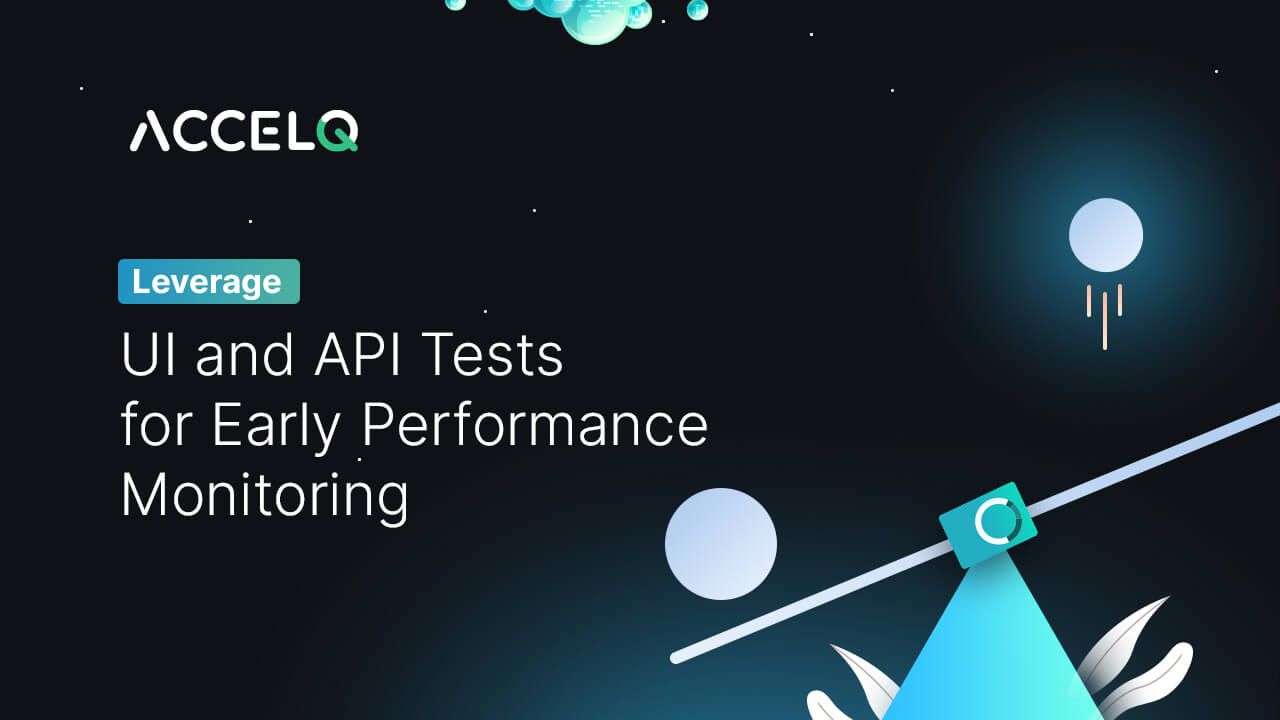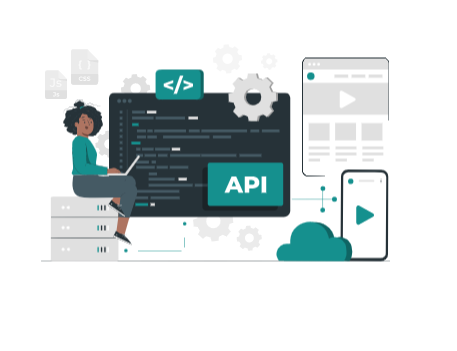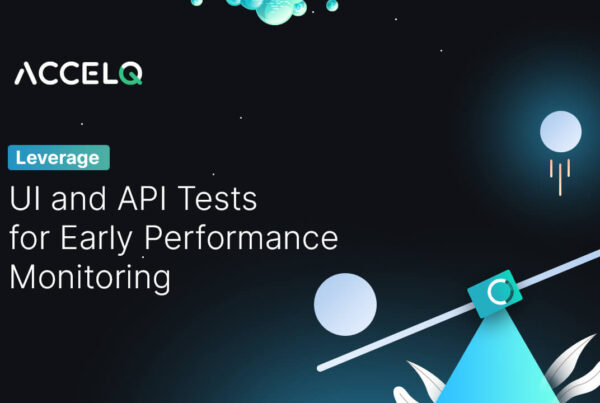
More development companies are now measuring their applications’ performance using key metrics like user satisfaction, average response time, and request rate. After all, poor application performance impacts businesses in terms of loss of revenue, higher maintenance costs, and dissatisfied customers.
While performance testing is beneficial, performance-related issues can still exist in the later stages of application development. That begs the question - can UI and API testing improve the efficiency of performance testing and monitoring?
What Is Application Performance Monitoring?
Application performance monitoring (or APM) is the process of tracking critical performance metrics to improve response time and the user experience. APM has a wider scope for monitoring the performance of mobile apps, websites, networks, APIs, and more.
Effectively, APM provides early insights that enable companies to evaluate the performance, reliability, and usability of their application. Therefore, using APM, companies can:
- Monitor their overall performance standards
- Identify product bugs and issues early in the development phase
- Deliver an optimized user experience
Depending on the size and complexity of the monitored applications, the APM process can consume a lot of time and money. Moreover, with traditional forms of testing, performance-related issues can spill into the later phases of application development, thus adding to their resolution time and effort.
To that end, can UI and API testing help in resolving application performance issues in the early stages of development? Let's discuss.
Leveraging UI Tests for Performance Monitoring

Also known as GUI testing, user interface or UI testing is effective for checking visual elements within any application. This form of testing ensures that every application UI performs efficiently such that users adopt the app successfully. As it stands, application performance is among the primary focus points of UI testing.
Some of the common UI-related defects in applications that can impact their performance include:
- Inconsistent UI elements
- Duplication in UI elements
- Crammed pages with too much information
- Non-functional UI controls or those that don’t serve any purpose
When performed manually, UI testing is time-consuming, expensive, and prone to human errors. Also, manual UI tests are not designed for early performance monitoring.
On the other hand, automated UI testing is inexpensive and faster. Automation testing of application UI can also detect any degradation in performance that can impact the end-users. Here is how a test automation platform can elevate application performance monitoring through UI testing:
- Improve the overall test coverage using a low-code testing approach.
- Perform unlimited parallel testing across multiple browsers and platforms.
- Generate updated data on the performance of multiple UI elements and API endpoints.
- Generate real-time performance insights for applications and web pages.
- Monitor a user journey (for example, purchasing a product) to check for any real problems and their root cause.
Furthermore, QA teams can leverage automated UI tests to execute their UI test cases and generate performance reports - providing valuable insights to all team members.
Next, let's check how to leverage API tests for early performance monitoring.
Leveraging API Tests for Performance Monitoring

In complex IT environments, API protocols enable applications to communicate with third-party services. For optimum efficiency, QA teams must ensure that API services (for example, user logins and online payments) perform at their intended levels.
This is achievable through API testing, which is the process of collecting and analyzing API data to identify any performance-related issues that can impact end-users. Along with early-stage UI testing, API testing is essential to create a seamless and consistent user experience. Using API tests for performance monitoring, product companies can collect and analyze real-time data on the performance of third-party integrated systems.
Here is what it can achieve:
- Analyze the overall health of all the APIs used by the application.
- Provide valuable insights into the APIs and functions used most regularly by developers.
- Highlight API-specific areas that need immediate improvement.
- Identify any old or deprecated APIs that are still being used by developers.
- Measure the impact of used APIs on key performance indicators (KPIs) and business objectives.
- Calculate the average response time for every API endpoint.
- Improve the API test coverage and provide insights on the overall quality of the application.
How can companies achieve early-stage performance monitoring with API testing? Through test automation.
Automated API testing can enhance the efficiency and productivity of API tests. Along with manual testing, automation testing of APIs can reduce the necessary resources required for defining, modifying, and executing API test cases. It also allows non-technical users to perform complex testing.
Most importantly, automated API tests enable early remediation of performance-related defects in applications. This, in turn, reduces development costs and builds customer loyalty by delivering high-performing applications to the market.
Why ACCELQ Is the Best Fit for UI and API Testing in Application Performance Monitoring
As a cloud-based codeless test automation platform, ACCELQ enables the continuous testing of both API and UI elements in any modern application. The ACCELQ platform is designed for reusability and modularity that enables early monitoring of application performance.
Here's why you must choose the ACCELQ test automation platform to perform both UI and API testing:
- Comprehensive technology stack with the latest tools.
- A simplified and unified approach for backend test automation.
- Automatic creation of both UI and API test cases optimized for performance monitoring.
- Native integration with DevOps tools, including JIRA and Bamboo.
With ACCELQ, product companies can achieve 3x faster speed in API regression testing along with 70% lesser effort in test automation.
The Bottom Line
To summarize, application performance is a critical metric for consumers when evaluating any application. With a shift-left approach to performance monitoring, app developers can leverage the benefits of both UI and API testing to eliminate performance bottlenecks.
And as we've seen, automation testing is the way forward to increase the time and cost efficiency of both UI and API testing. At ACCELQ, we understand the importance of both API test automation and UI testing. Beyond that, ACCELQ provides the benefits of codeless test automation and continuous testing.
Our team of QA experts can help in customizing your application performance testing. Connect with them today!
Related Posts
 NLP Test Automation: Shaping the Future of Software Testing
NLP Test Automation: Shaping the Future of Software Testing
NLP Test Automation: Shaping the Future of Software Testing
 Leverage UI and API Tests for Early Performance Monitoring
Leverage UI and API Tests for Early Performance Monitoring


































